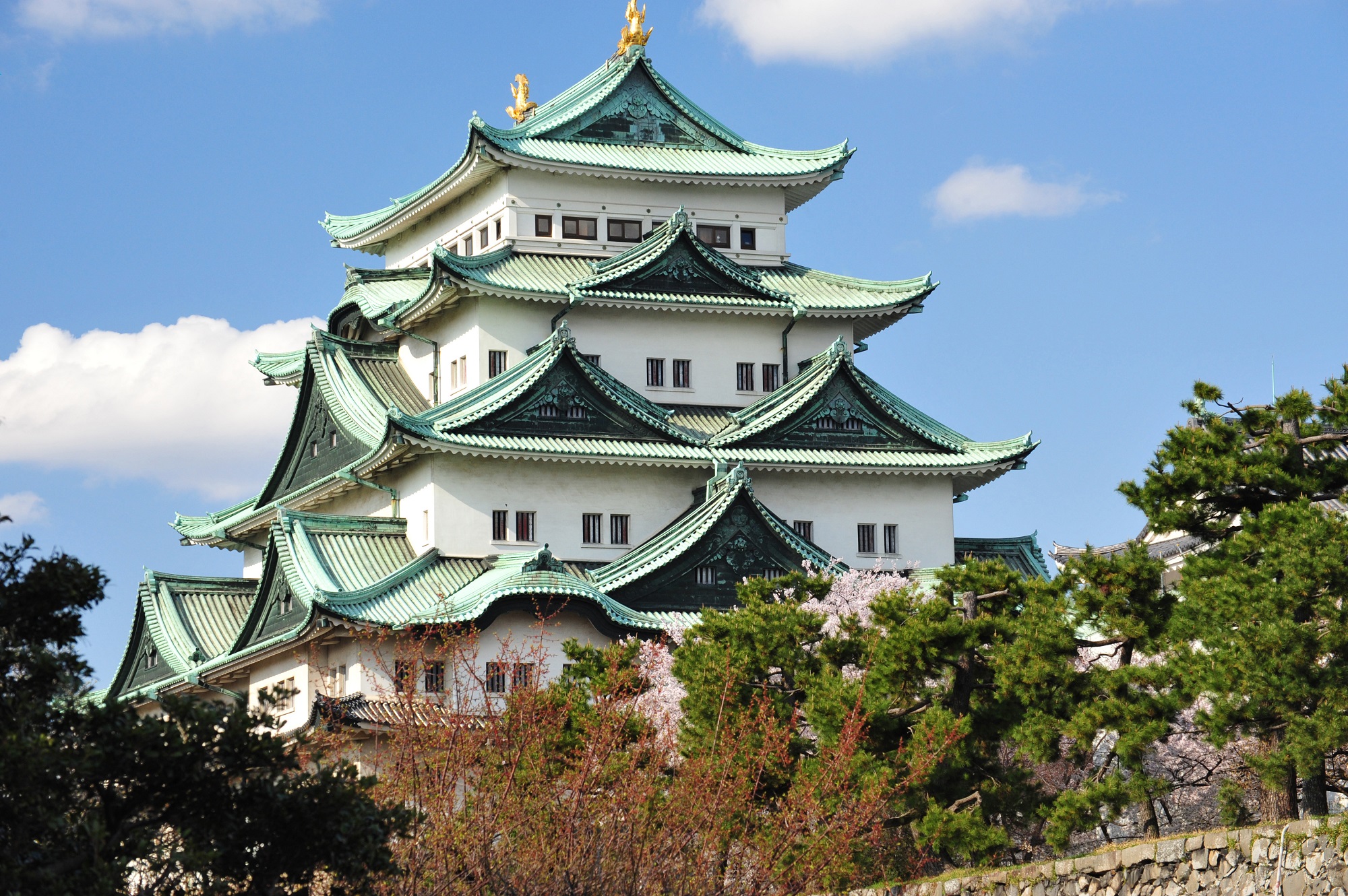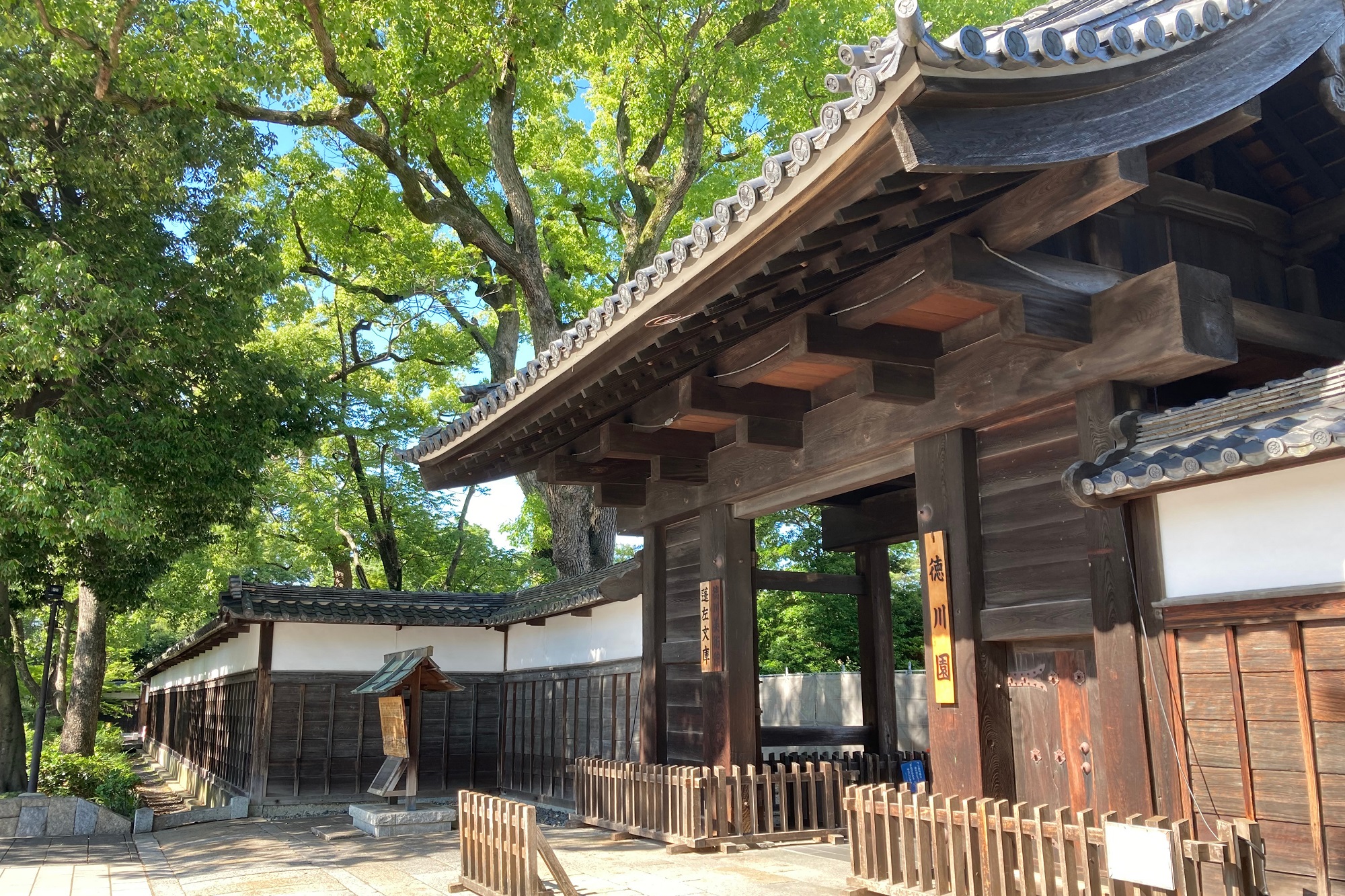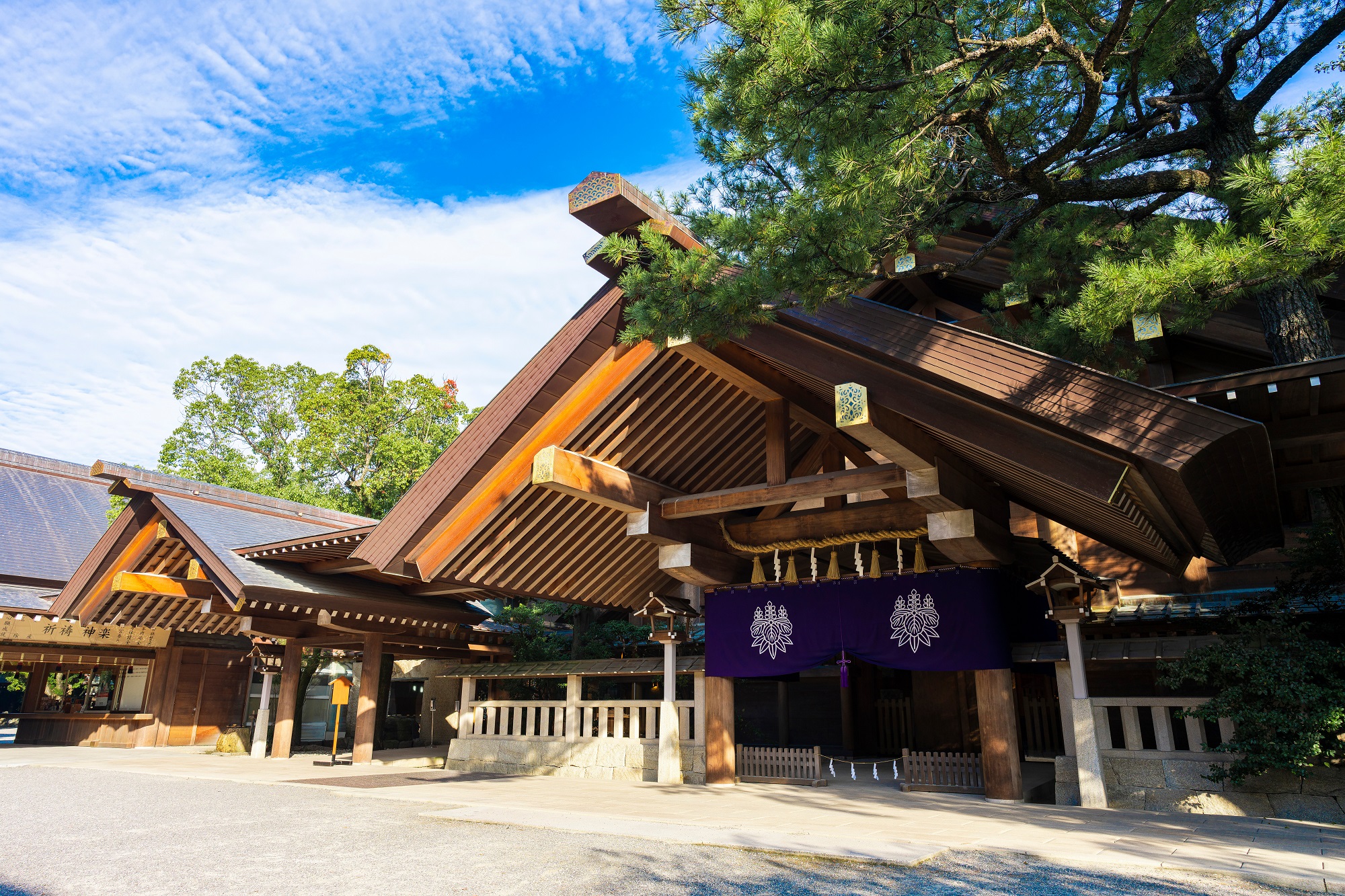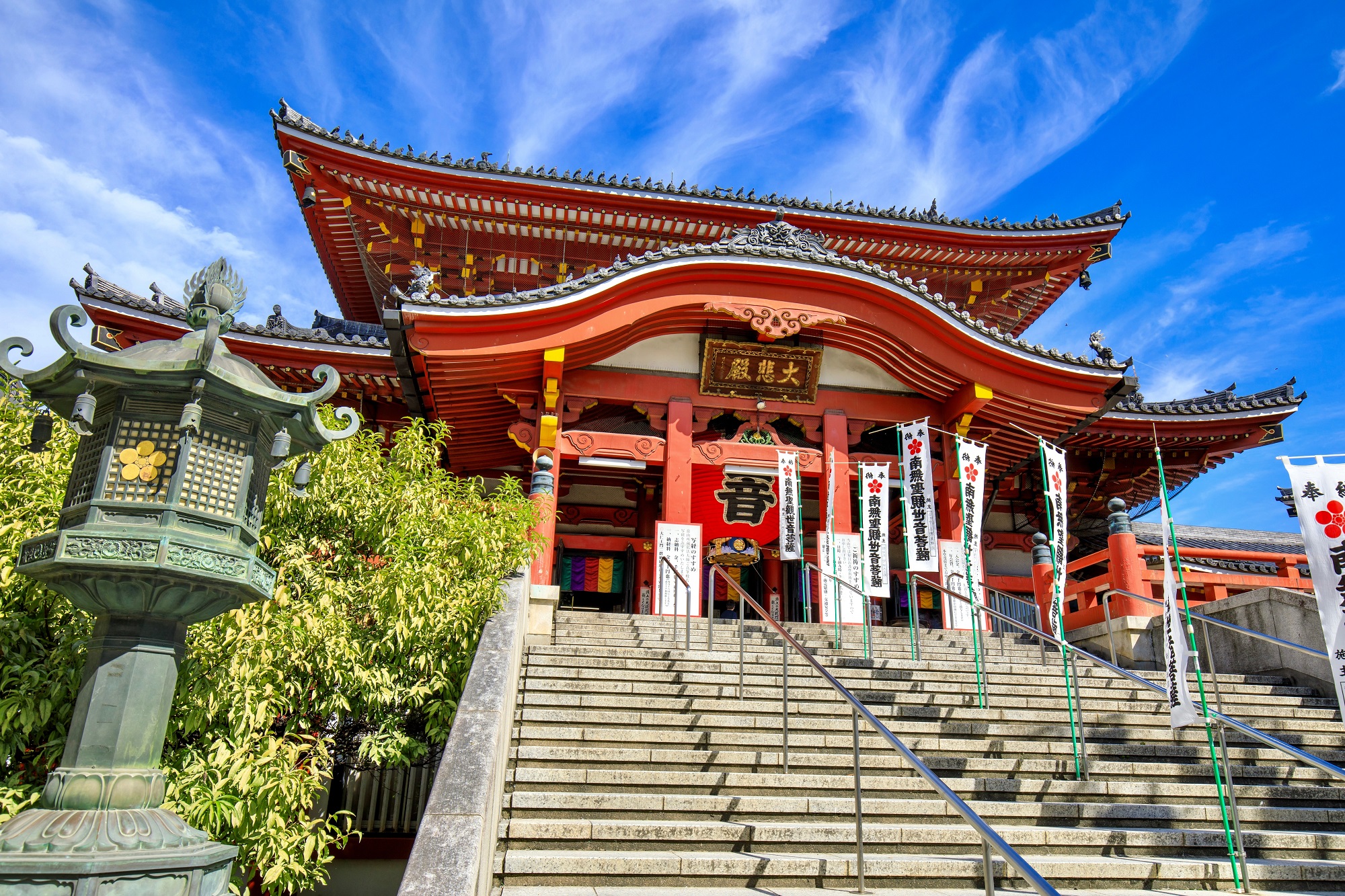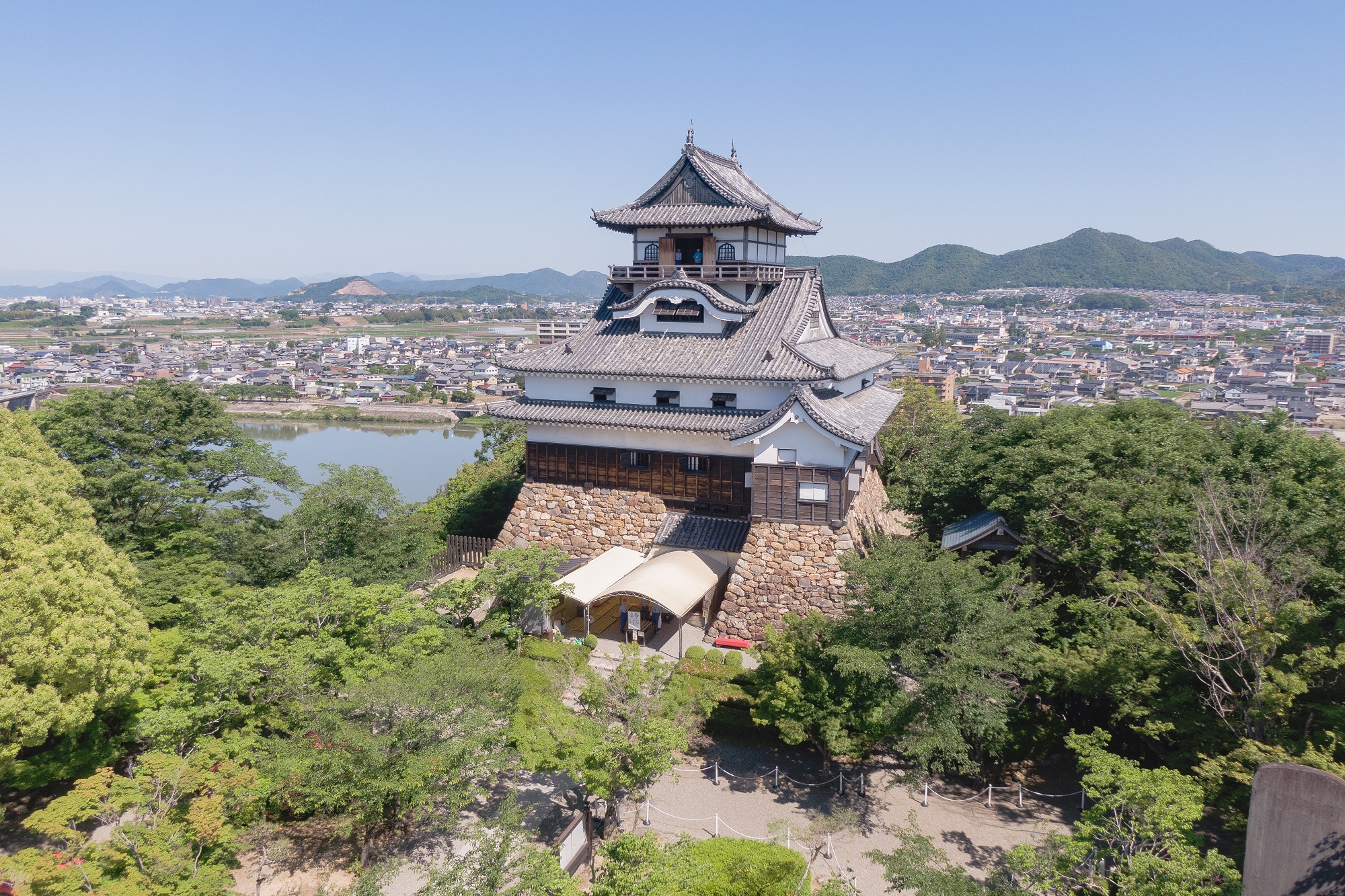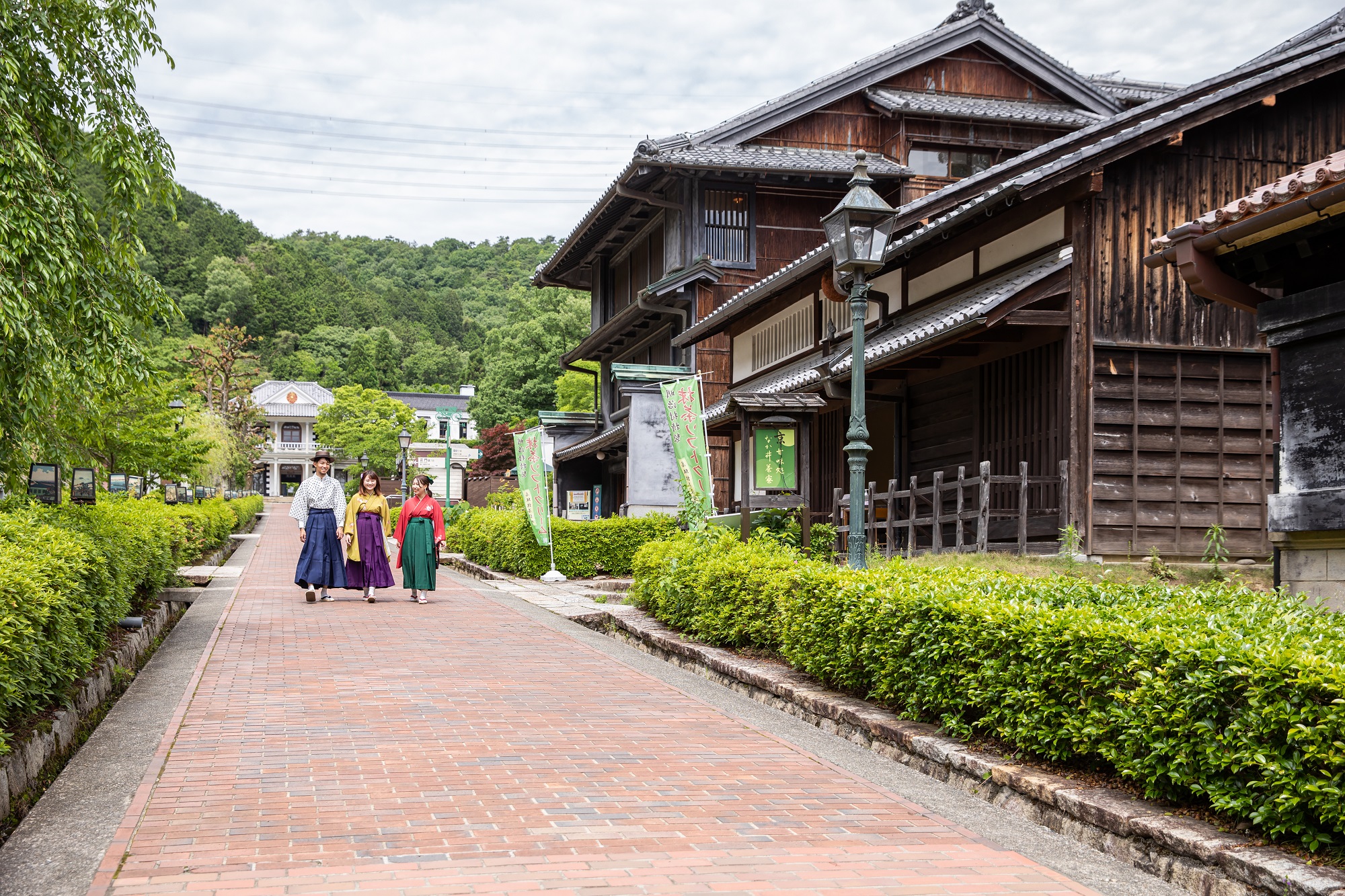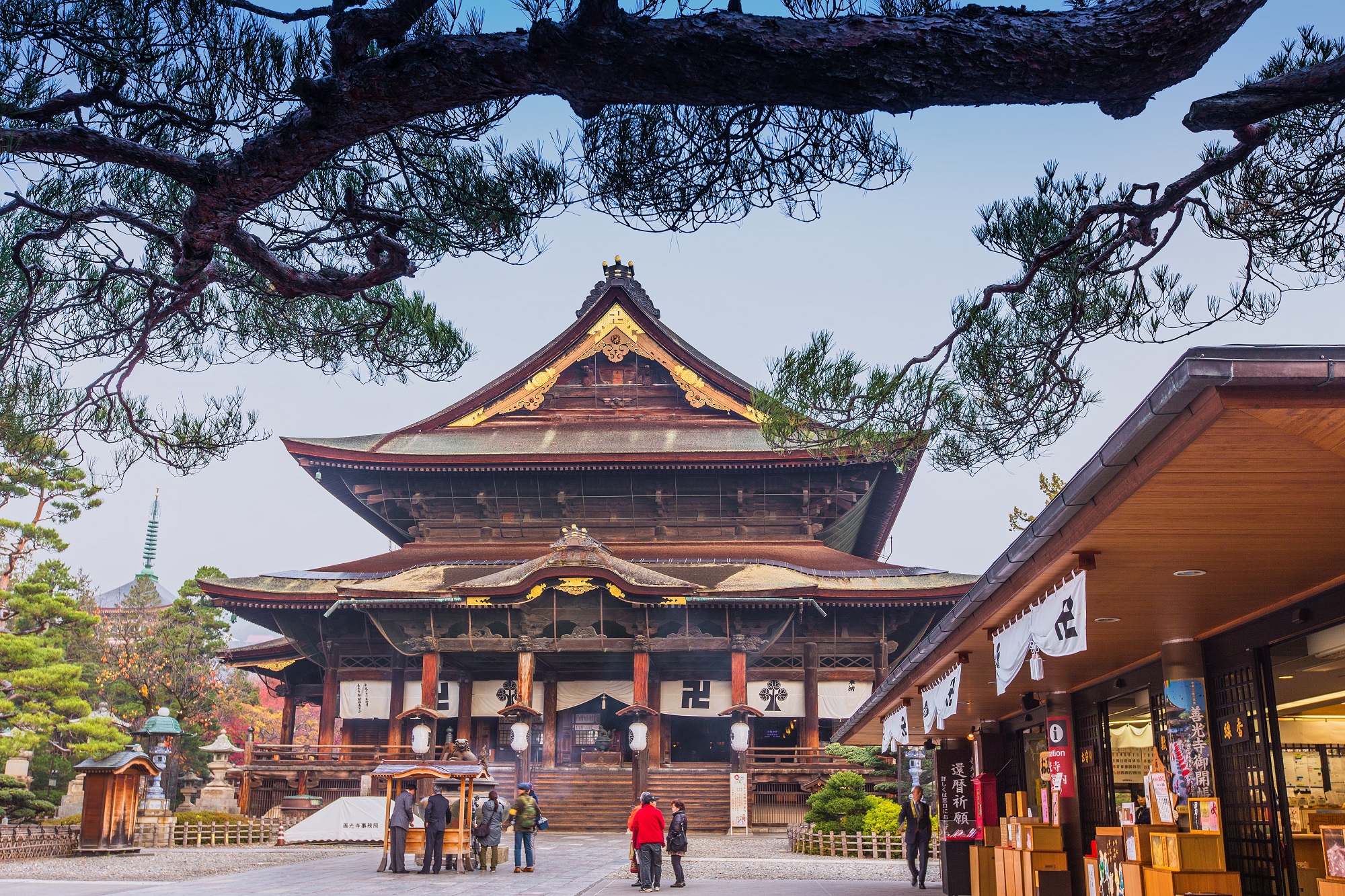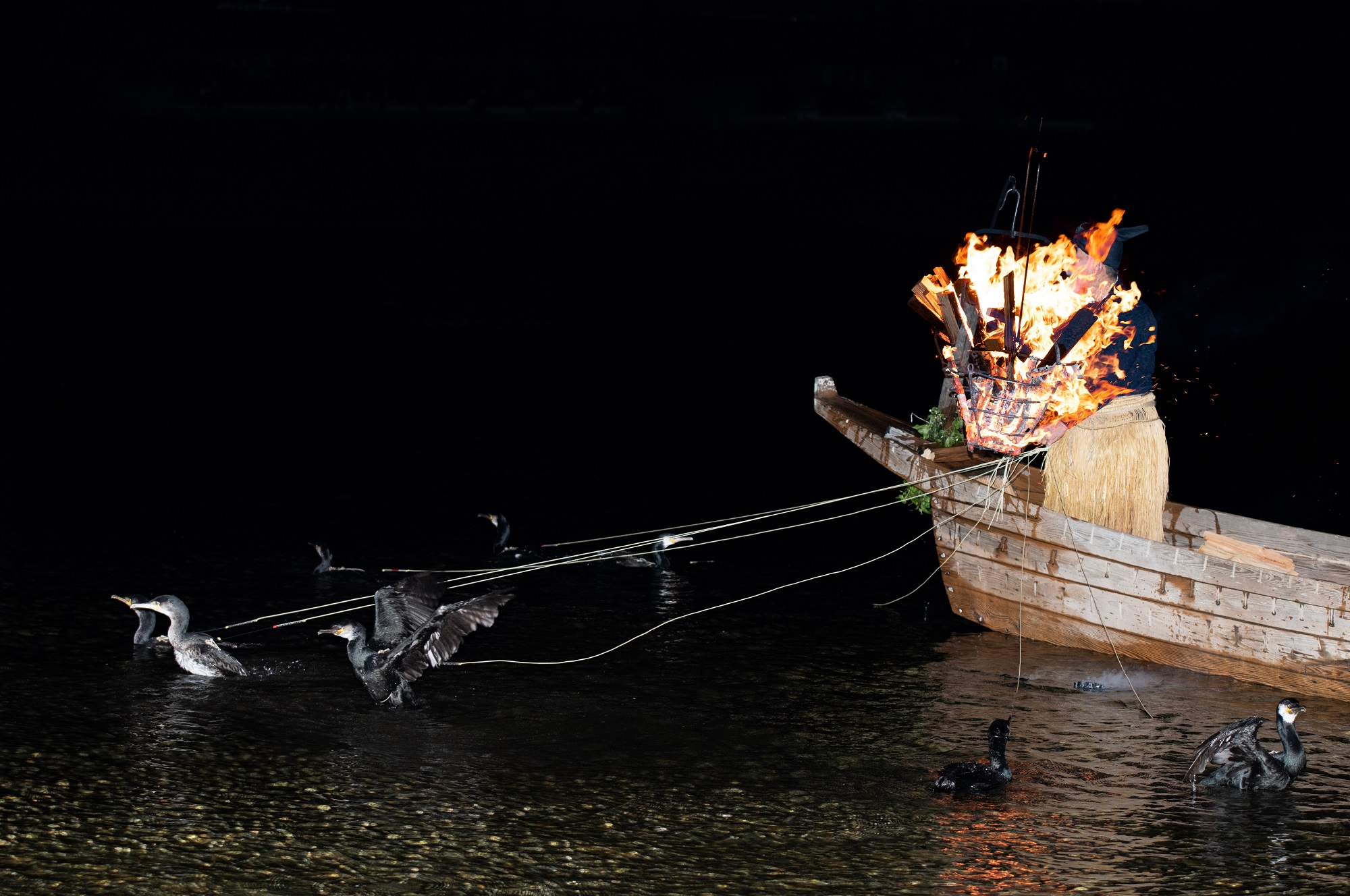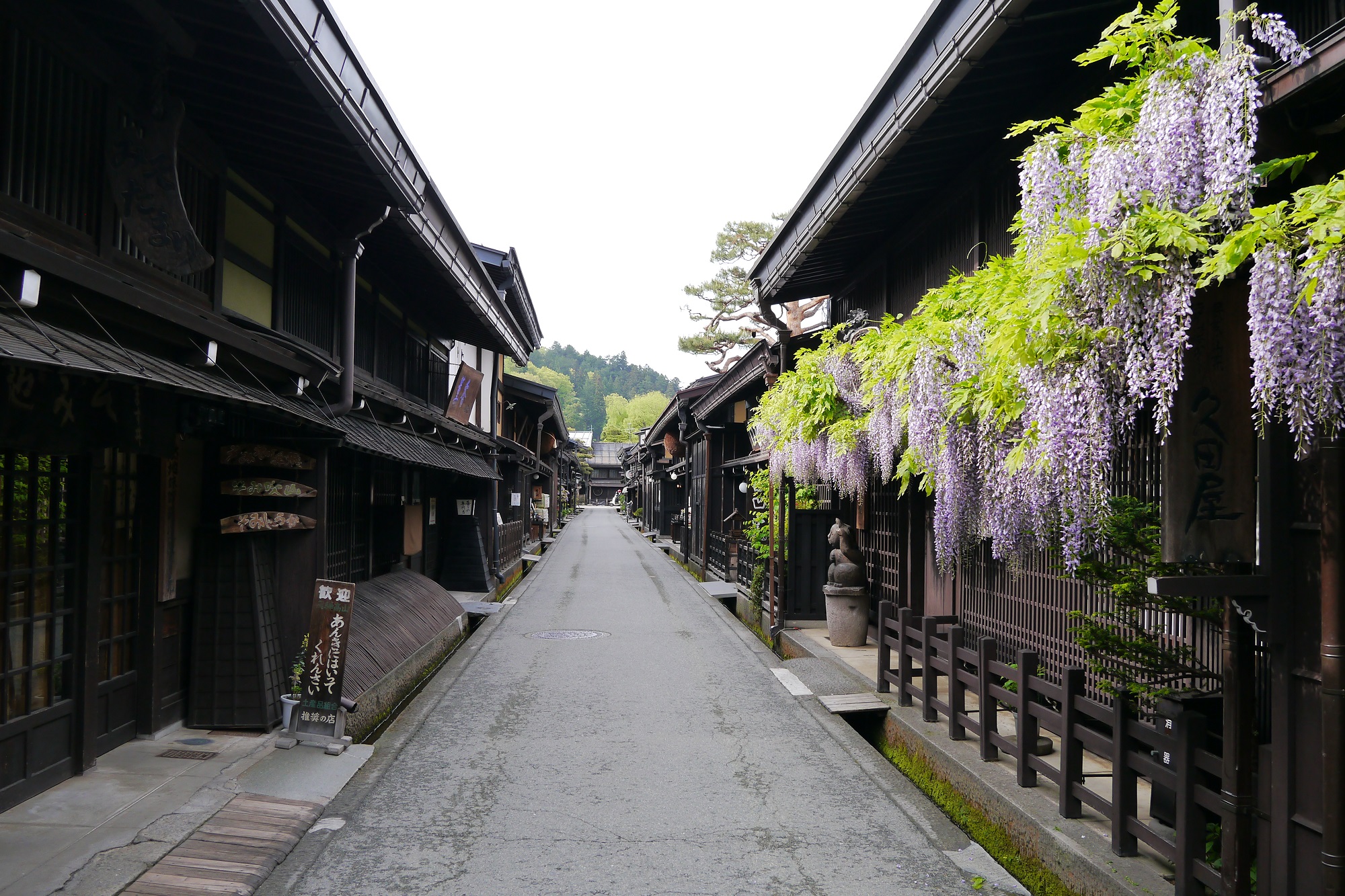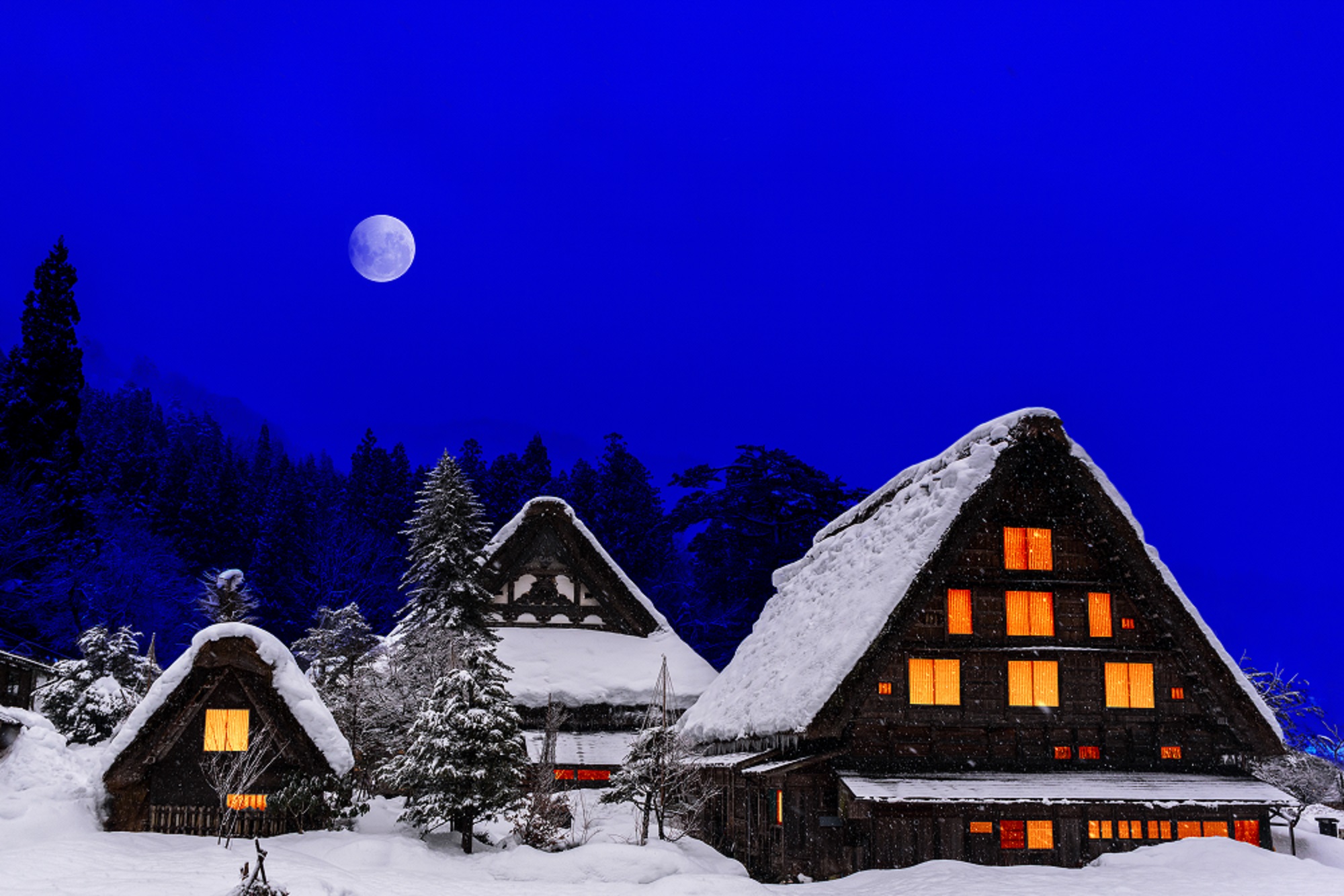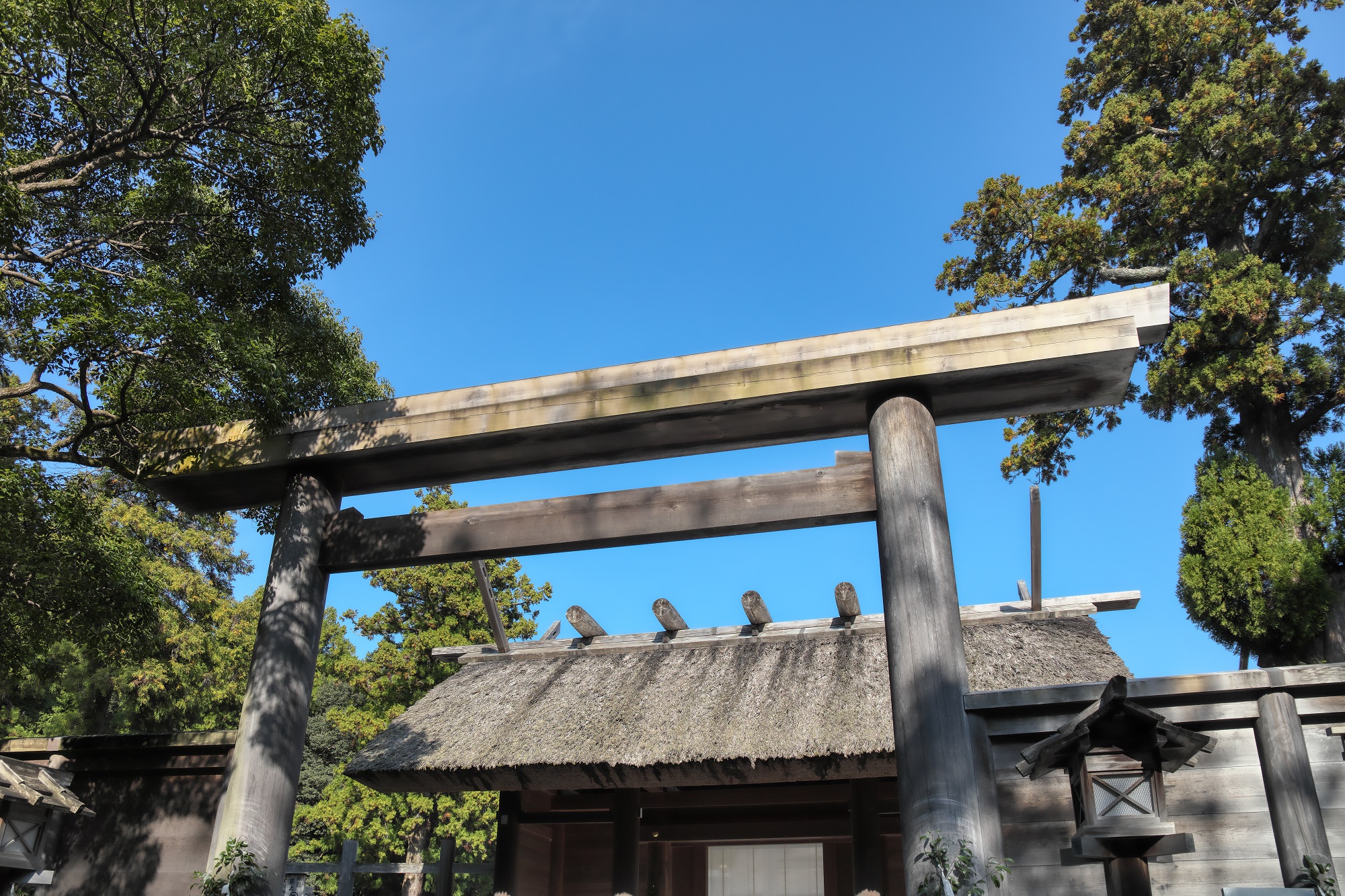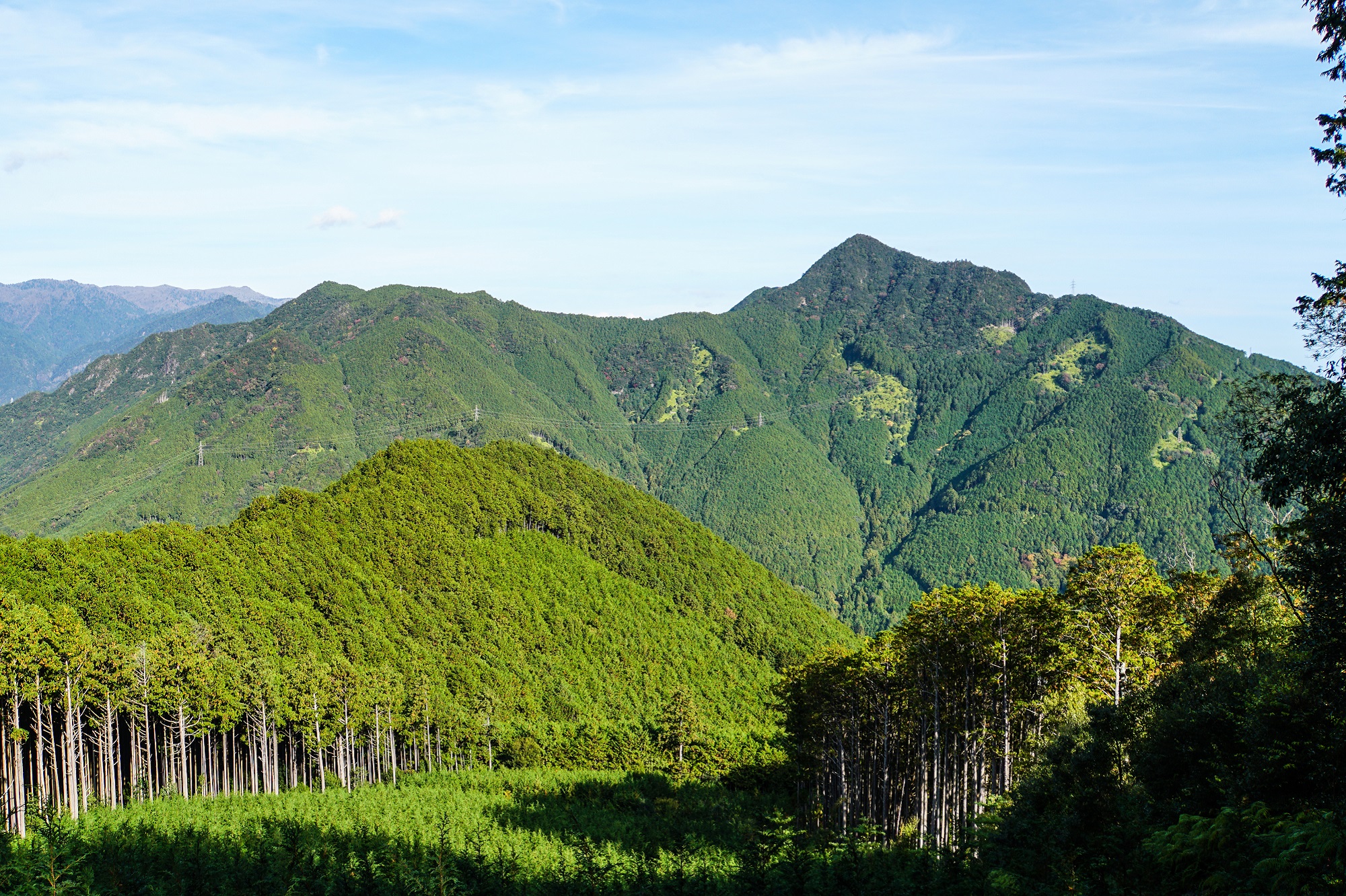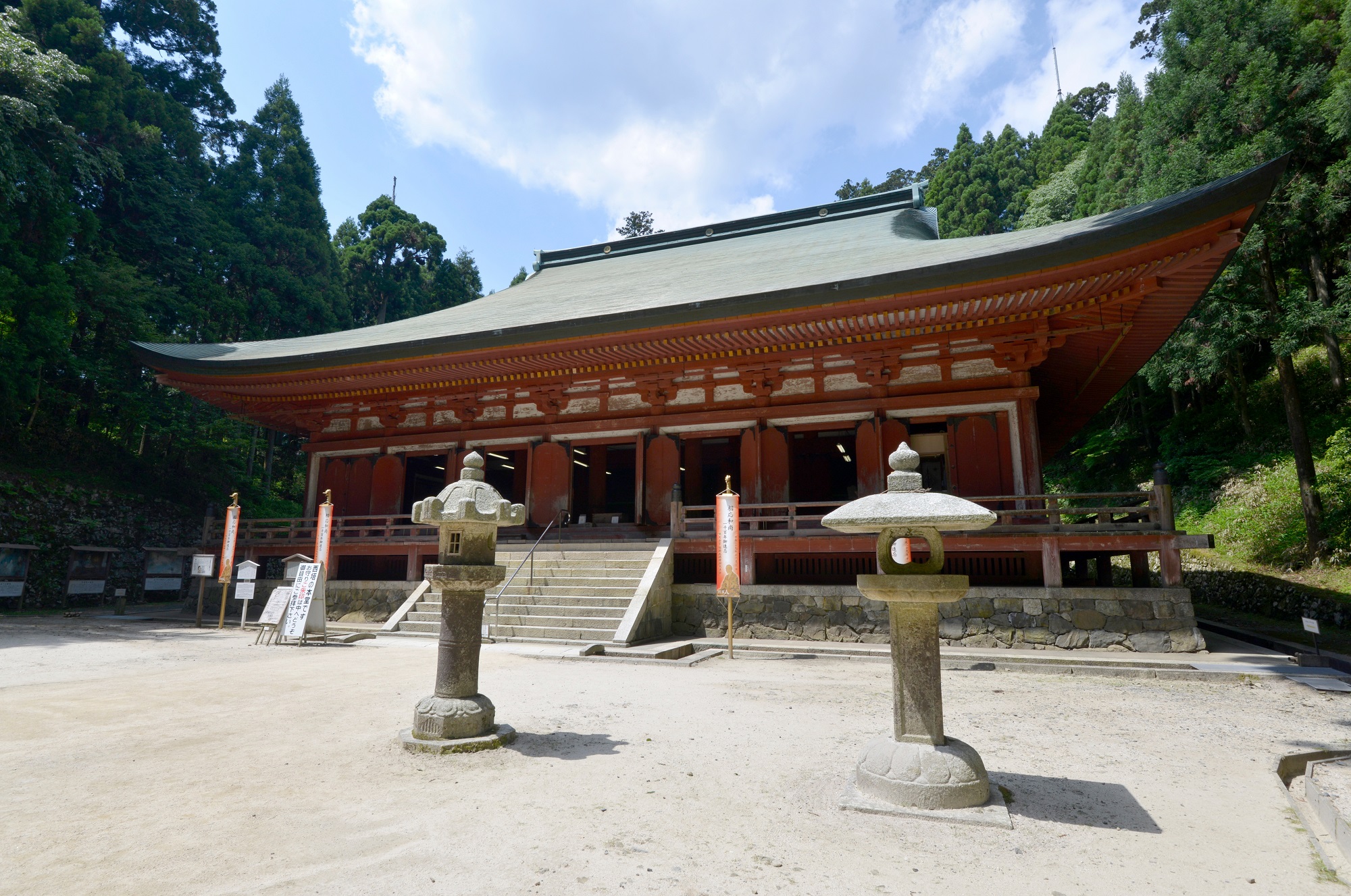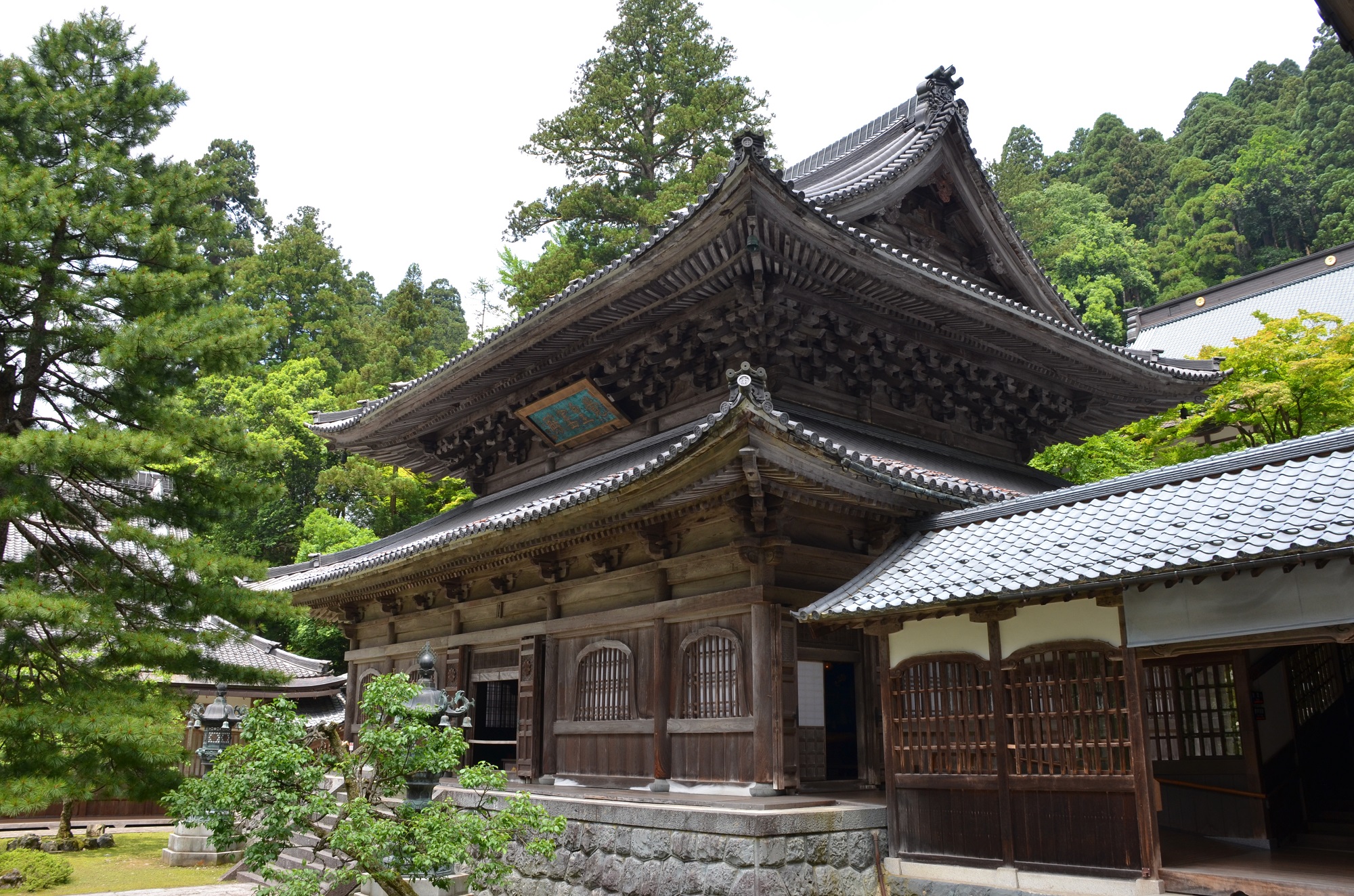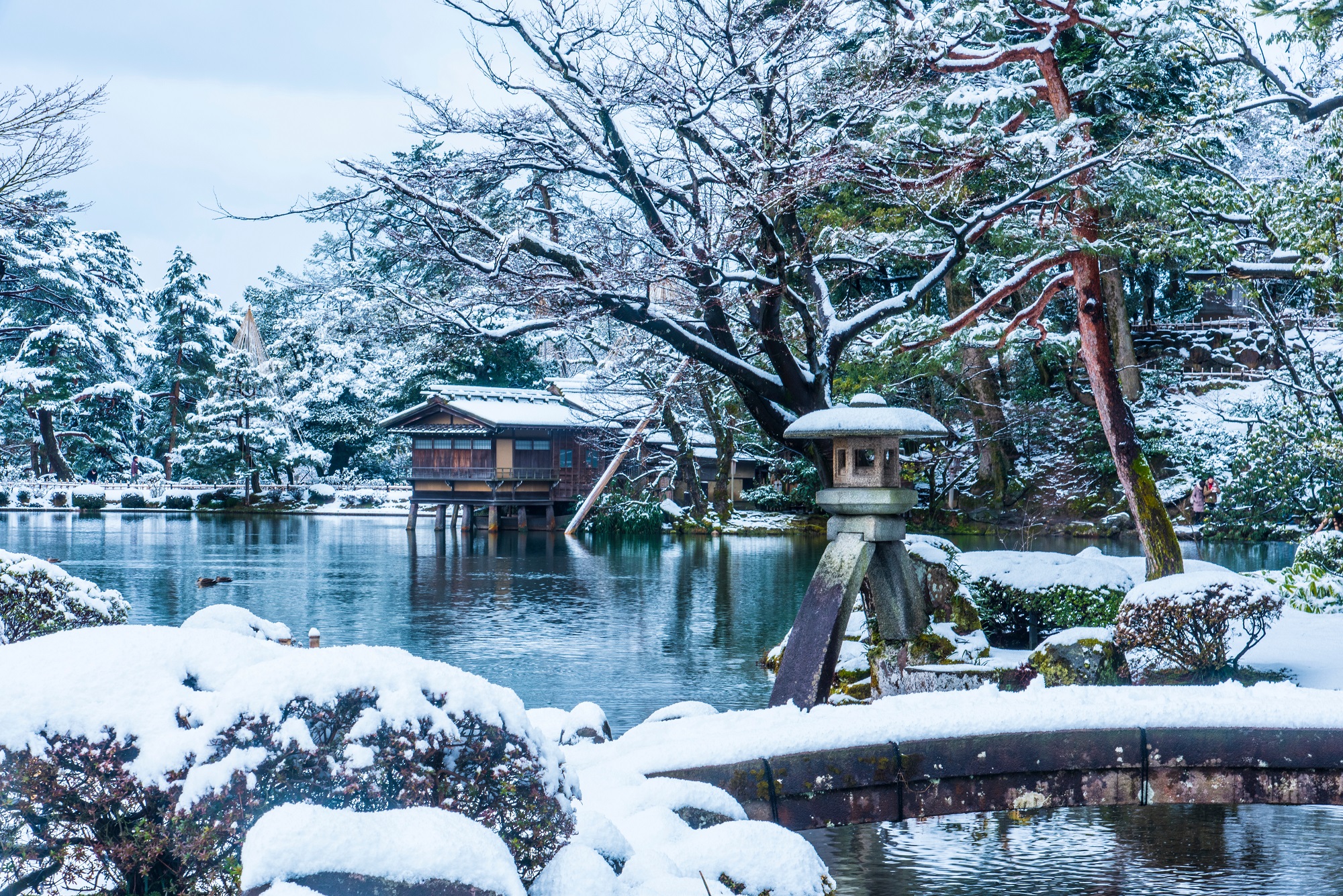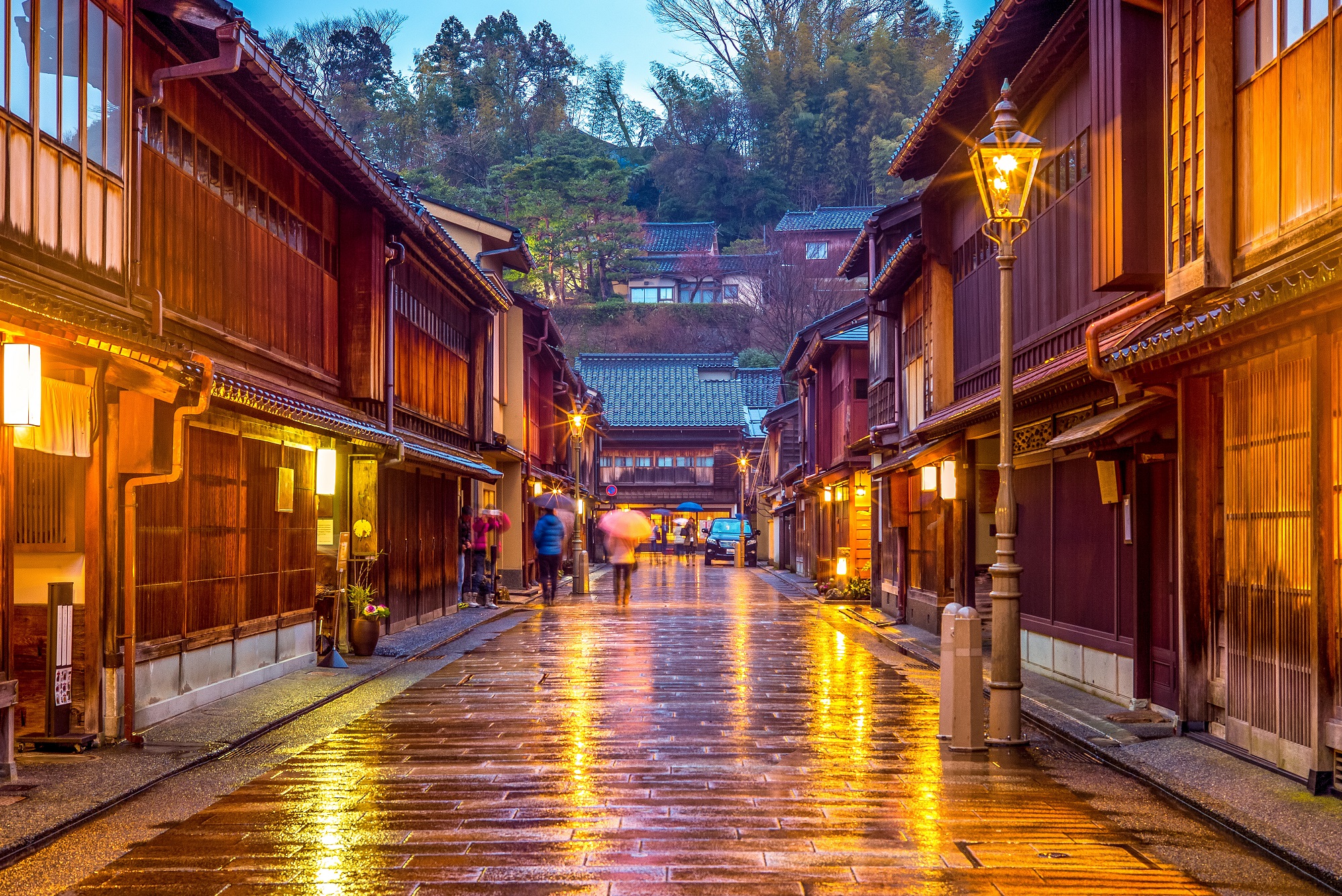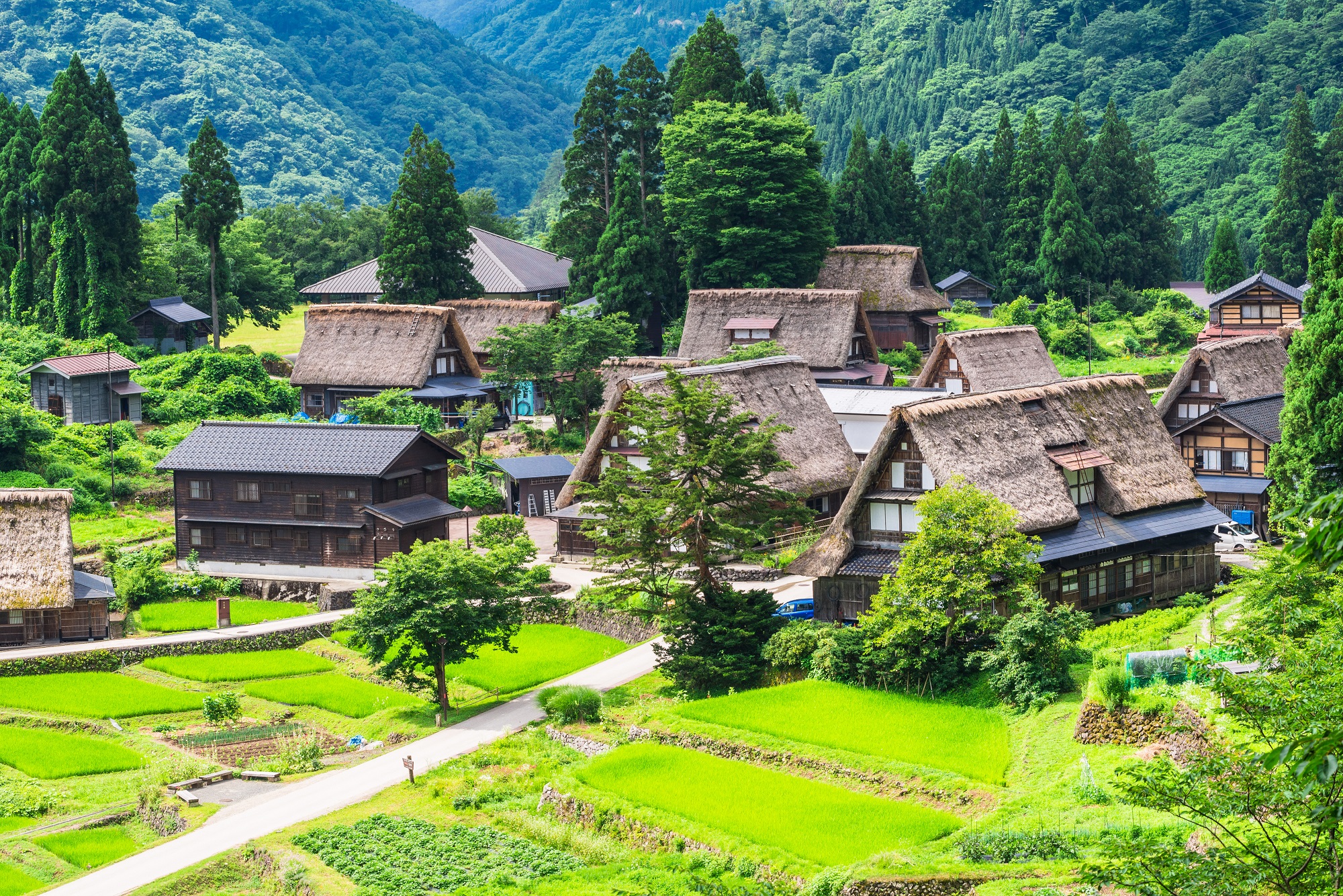Historical Sites/歴史的な場所
About Historic Sites
Japan is rich in historically significant buildings, ruins, and locations associated with historical figures, and exploring them is one of the great ways to enjoy the country. For example, some works of art and buildings have been designated national treasures or important cultural properties in order to pass on their value to future generations. On this page you can read about some particularly significant national treasures that you mustn’t miss when you come to Japan.
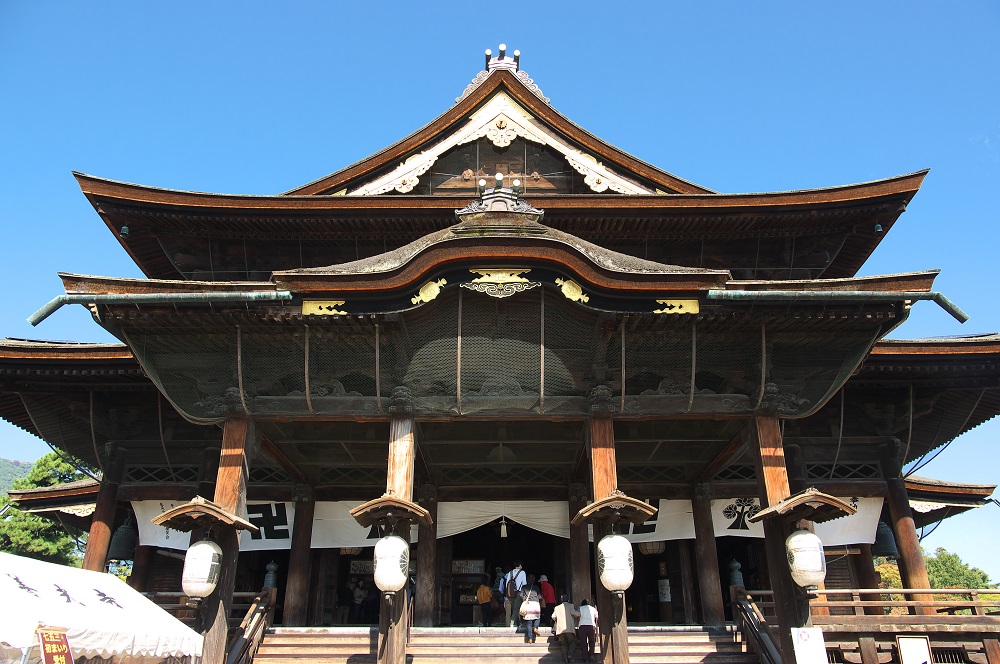
Visiting Historic Places
Historic sites are important for preserving the memory of past events for future generations. Knowing the history will further deepen your understanding of both the individual site and Japan. Some of these sites are considered holy or deeply connected to the spiritual culture of the region and are thus carefully protected, making it important to follow not only general rules, such as only entering designated places, taking garbage home with you, not damaging monuments and structures, and following the instructions of staff, but also special rules that have been established at the site.

Major Historic Sites in the Chubu Region
Aichi
Inuyama Castle Keep (Inuyama City)
Inuyama Castle is home to the oldest existing castle keep in Japan. Built during the 16th century by Oda Nobuyasu, the uncle of Oda Nobunaga, the keep sits atop a small mountain along the Kiso River, and its majestic appearance is mesmerizing to behold. It was designated a national treasure in 1952.
Click here for more on Inuyama Castle
Midado Hall in Konrenji Temple (Nishio City)
The oldest wooden building in Aichi Prefecture, it is said to be one of the Mikawa Shichimido, or seven Mikawa temples, built in 1186 by order of Minamoto no Yoritomo. With a cypress bark roof and gently curving front and side eaves, the structure exudes elegance. Three statues of the Amida Buddha are enshrined within. It was designated a national treasure in 1955.
Jo-an Tea House (Inuyama City)
This tea house was built in Kenninji Temple's Shodennin by Oda Urakusai, Oda Nobunaga's younger brother and a tea master in the early days of the tea ceremony. It features an original interior that was utterly unique when it was first built, with distinguishing characteristics such as “Uraku windows” made with rows of bamboo and partition boards using curved lines. It was designated a national treasure in 1951.
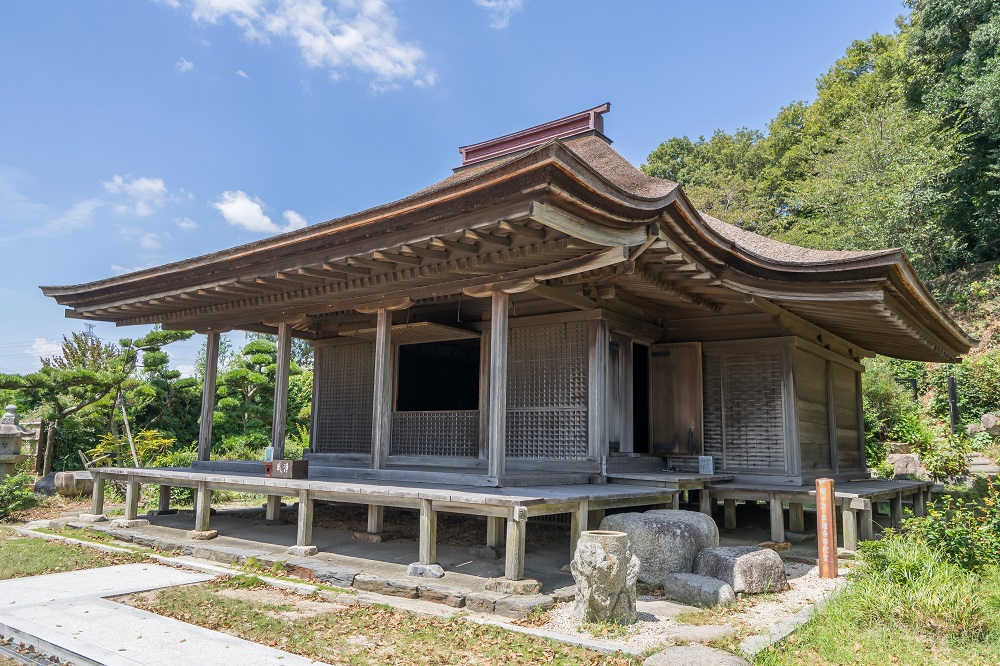
Shizuoka
Kunozan Toshogu Shrine (Shizuoka City)
After his death in 1616, Tokugawa Ieyasu was buried at Mt. Kuno in accordance with his will, and Toshogu Shrine was built the following year by Tokugawa Hidetada, the second shogun of the Tokugawa dynasty. The architectural style known as Gongenzukuri is said to have originated here, as evidenced by the way in which the main hall and the worship hall are connected by a passage paved with stones. You must not miss the brightly colored paintwork and exquisite carvings. It was designated a national treasure in 2010.
The Five Buddhas of Unkei (Izu-no-kuni City)
The main viewing hall of Ganjoujuin Temple enshrines five Buddha statues made in 1186 by Unkei, one of Japan’s leading sculptors of Buddhist statues active from the late Heian to Kamakura periods. They are a seated statue of Amida Nyorai, a standing statue of Bishamonten, and a group of three standing statues depicting Fudo Myo-o, Kongaradoji and Seitakadoji. It is said that when Minamoto no Yoritomo campaigned against the Northern Fujiwara clan, his father-in-law Hojo Tokimasa built Ganjoujuin Temple and commissioned Unkei to create these Buddhist statues to pray for Yoritomo's victory. Made in a realistic and powerful style, these statues are considered masterpieces in the history of Japanese sculpture. They were designated national treasures in 2013.

Nagano
Former Kaichi School Building (Matsumoto City)
Built in 1876 in the early Meiji Era, this building is a masterpiece of pseudo-Western architecture. Following the Meiji Restoration, Japan set off on a path of modernization, starting with education. In this context, people sought to emulate Western architectural styles. However, built at a time when there was no knowledge of Western architecture and no standards regarding school buildings, this building features a unique design that mixes various elements of both Western and Japanese styles. It is also appreciated for its nearly 90 years of use as an elementary school building. It was designated a national treasure in 2019.
Main Hall of Zenkoji Temple (Nagano City)
The main hall of Zenkoji Temple was destroyed by fire several times. Built in 1707, the present main hall is a typical example of Buddhist architecture from the mid-Edo period. The main hall is distinctive for being shaped in the form of the letter T with a long depth, and the temple’s principal image of Ikko Sanzon Amida Nyorai, said to be the oldest Buddhist image in Japan, is enshrined in the Ruridan podium at the far end. It was designated a national treasure in 1953.
Click here for more on Zenkoji Temple
Matsumoto Castle Keep (Matsumoto City)
Matsumoto Castle had its origins in Fukashi Castle, which was built in the 1500s, and is the oldest of the few surviving five-roofed, six-story castle keeps in Japan. The walls of the castle keep are covered with white plaster on the top and black clapboards on the bottom, creating a vivid contrast between black and white. The reflection of the castle set against the Japanese Alps in the water of the moat is beautiful to behold. It was designated a national treasure in 1936.
Click here for more on Matsumoto Castle

Gifu
Ankokuji Temple (Takayama City)
Ashikaga Takauji and Tadayoshi, the brothers who founded the Muromachi shogunate, built so-called Ankokuji temples throughout Japan to mourn the many people who had died in war. The Ankokuji temple in Hida was built in 1347. Inside the sutra repository is Japan's oldest rinzo (rotating sutra shelf), which houses the Yuan version of the Tripitaka (a comprehensive collection of Buddhist scriptures compiled during the Yuan Dynasty) that was brought over from Ming China. It was designated a national treasure in 1963.
The Kaisando and Kannondo Halls at Eihoji Temple (Tajimi City)
Kokeizan Eihoji is a Zen temple founded in 1313. The area was named Kokeizan because of its resemblance to the scenery of Mt. Lushan (called Kokei in Japanese) in China. Built combining Tang Chinese and Japanese architectural techniques, the Kannondo Hall houses a seated statue of the Sho-Kannon Bodhisattva. Kaisando Hall is located at the far end of the temple grounds and is said to be a masterpiece of Zen Buddhist architecture. The halls were designated national treasures in 1952.
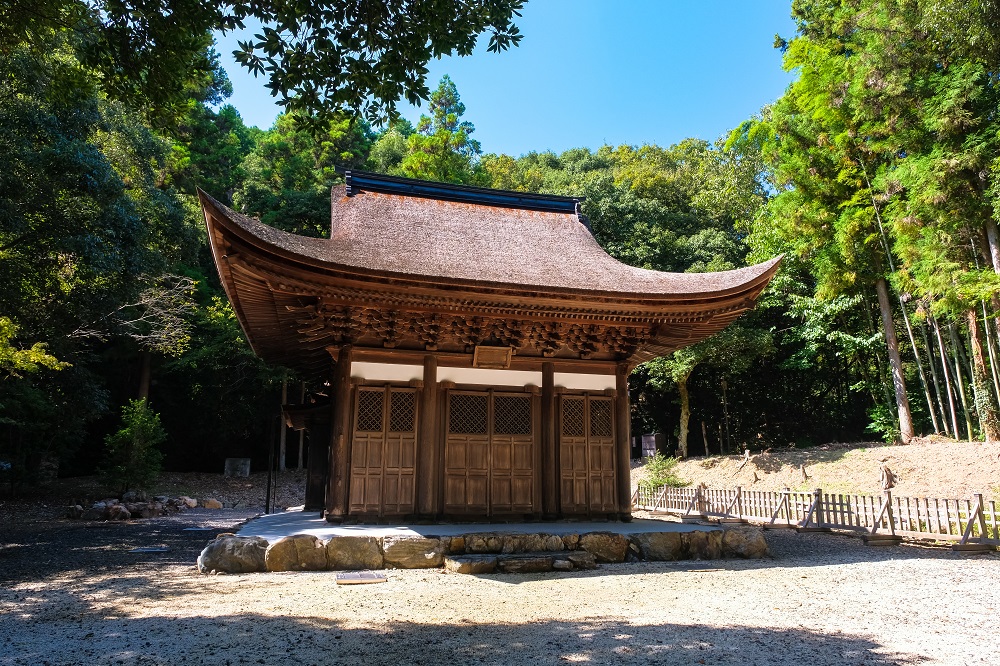
Mie
The Mieido and Nyoraido Halls at Senshuji Temple (Tsu City)
Senshuji is the head temple of the Takada branch of Jodo Shin-shu Buddhism, and its vast grounds are home to many historic buildings, including the temple gate, bell tower, and mausoleum of Shinran, the founder of the sect. Although the temple buildings were destroyed by repeated fires, the Mieido Hall was rebuilt in 1666 and is one of the largest Buddhist temples in Japan, with a seated statue of Shinran enshrined front and center. The Nyoraido Hall was built in 1748 and enshrines a standing statue of Amida Nyorai as its principal image. It is one of the largest Zen-style buildings in Japan, and the sight of the Nyoraido and the Japanese-style Mieido standing alongside each other is a truly impressive sight to behold. The halls were designated national treasures in 1961.
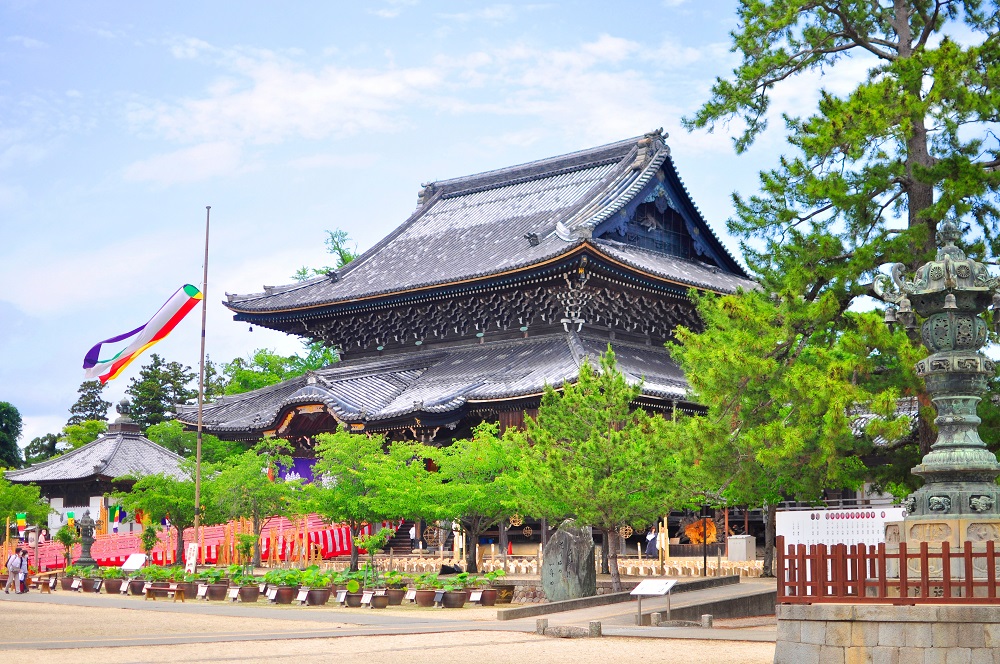
Shiga
Hikone Castle Keep, Tsuke-Yagura, and Tamon-Yagura (Hikone City)
Completed in 1622, Hikone Castle was built over a period of 20 years when the Ii clan moved from Sawayama Castle. The castle keep is beautiful and dynamic, with three roofs and three stories, roofs of various appearances, gilded metal fittings, and flower-headed windows (lancet-arched windows at the top). The turrets attached to the side of the keep are called tsuke-yagura and those in the form of row houses are called tamon-yagura. The castle was designated a national treasure in 1952.
Click here for more on Hikone Castle.
Enryakuji Temple Konpon-chudo Hall (Otsu City)
Konpon-chudo Hall was built in 788 and is the main hall of Enryakuji Temple on Mount Hiei. The Konpon-chudo Hall that stands today was rebuilt in 1642 after Oda Nobunaga burnt down the temples of Mt. Hiei in 1571. Its principal image is the Yakushi Nyorai (Medicine Buddha), and in front of the principal image is enshrined a lantern holding the “Inextinguishable Dharma Light” that has remained lit for more than 1,200 years. The hall was designated a national treasure in 1953.
Click here for more on Enryakuji Temple.
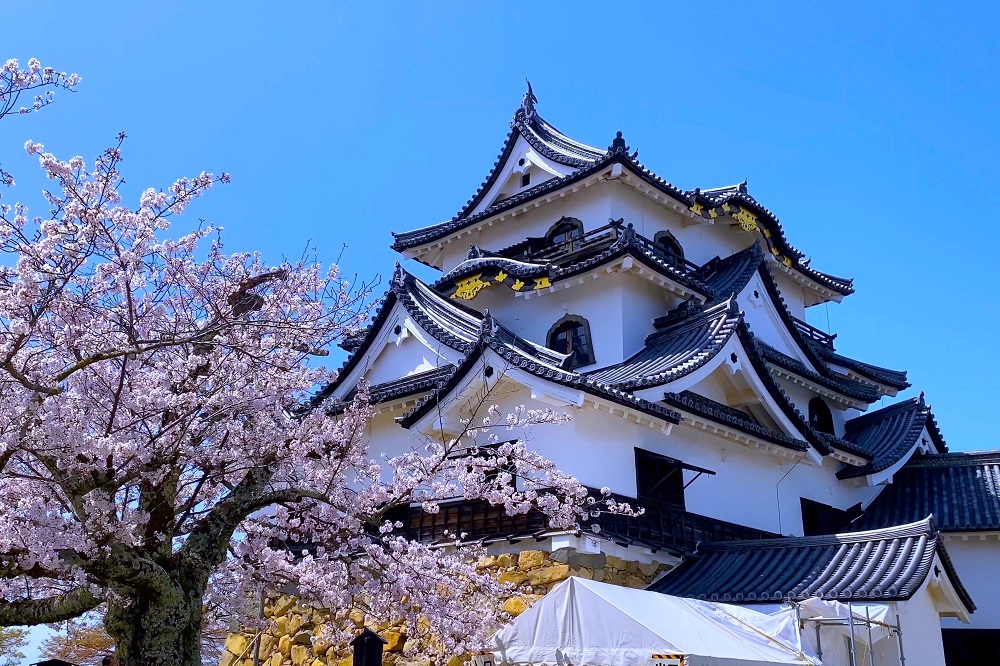
Fukui
Myotsuji Temple Main Hall and Three-Story Pagoda (Obama City)
Myotsuji Temple is said to have been built in 806 by Shogun Sakanoue no Tamuramaro to mourn the many people who died during his campaign to subjugate the Emishi. The main hall and three-story pagoda stand among giant trees and were once destroyed by fire. The main hall rebuilt in 1258 and the three-story pagoda rebuilt in 1270 are beautiful structures representing Japanese architecture of the mid-Kamakura Period. They were designated national treasures in 1953.

Ishikawa
Sword Yoshimitsu (Hakusan City)
Forged by the master swordsmith of short swords Toshiro Yoshimitsu, the sword Yoshimitsu belonged to Achiko, the adopted daughter of the third Tokugawa shogun Iemitsu. She took the sword with her when she married the fourth lord of the Kaga Domain Maeda Mitsutaka. After her death, it was dedicated to the Shirayama Himejinja Shrine. It is known as a small but beautiful sword, and is now in the collection of the Ishikawa Prefectural Museum of Art in Kanazawa. It was designated a national treasure in 1952.
Toyama
Zuiryuji Temple, its Buddhist Hall, and Gate (Takaoka City)
Zuiryuji Temple was built as the family temple of Maeda Toshinaga, the second lord of Kaga Domain. Completed in 1663, it is said to have taken 20 years to build. The beautifully majestic Zen-style garan (the general term for temple buildings) is representative of Zen Buddhist temple architecture of the early Edo period. The 18-meter-high main gate, with statues of Kongorikishi enshrined on both sides, is an impressive sight. Shakyamuni, Monju, and Fugen are enshrined in the Buddhist hall, and the mortuary tablet of Maeda Toshinaga is enshrined in the treasure hall. The temple was designated a national treasure in 1997.
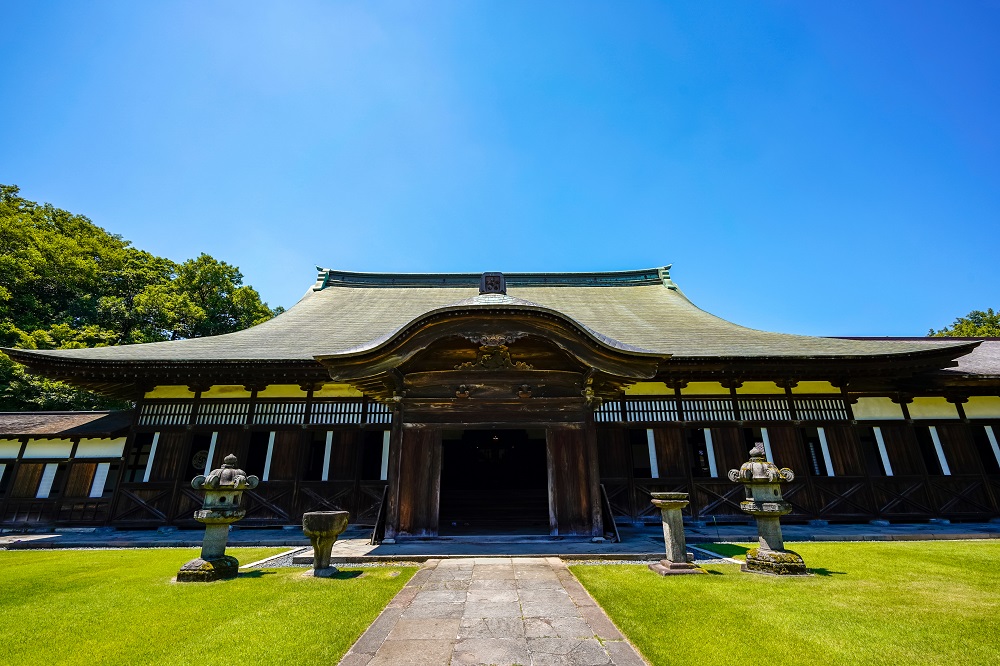
Destinations
Nagoya Castle/名古屋城(Aichi)
The icon of Nagoya is without a doubt Nagoya Castle (Nagoya-jo), which was built by Tokugawa Ieyasu after the Battle of Sekigahara in the year 1600. This castle, intended as the residence of the Owari....
Tokugawa Art Museum/徳川美術館(Aichi)
The Tokugawa Art Museum houses many masterpieces of the Owari Tokugawa family, including the belongings of Tokugawa Ieyasu, the founder of the Edo shogunate. The museum houses many national treasures ....
Atsuta Shrine/熱田神宮(Aichi)
Built in the year 113 (the 43rd year of Emperor Keiko's reign), Atsuta Shrine (Atsuta Jingu) has a history dating back over 1,900 years. As the second most sacred shrine in Japan after Ise Shrine (Ise....
Osu Kannon/大須観音(Aichi)
Osu Kannon is one of Japan’s three most prestigious Kannon sacred sites, along with Asakusa Kannon in Tokyo and Tsu Kannon in Mie Prefecture. Founded by Noshin-Shonin in 1324, the main object of worsh....
Inuyama Castle/犬山城(Aichi)
Built in 1537 by Oda Nobuyasu, the uncle of the famous warlord Oda Nobunaga, Inuyama Castle is the symbol of Inuyama City. The castle's keep is the oldest still standing in Japan, and the castle as a ....
Meiji Mura/明治村(Aichi)
Open-air museum Meiji Mura opened in 1965 to preserve and exhibit Meiji architecture. Buildings of artistic and historical value, mainly from the Meiji Era (1868-1912), have been relocated and restore....
Zenkoji Temple/善光寺(Nagano)
Zenkoji Temple dates back over 1,400 years and has been widely known and endeared since ancient times as a temple not affiliated with any particular religious sect, but rather welcoming to people of a....
Matsumoto Castle/松本城(Nagano)
Matsumoto Castle is Japan's oldest five-tiered castle with a six-story keep, and one of only 12 castles in the country with a keep that dates back pre-Edo Period (1600/1603-1868). Currently, only two ....
Gifu Castle/岐阜城(Gifu)
Gifu Castle, formerly known as Inabayama Castle, was Saito Dosan during the Warring States Period. Perched atop a rocky hill, this castle was reputed as being impregnable, and it was said that "whoeve....
Cormorant Fishing on the Nagara River/ぎふ長良川の鵜飼(Gifu)
Cormorant fishing is a traditional fishing method practiced mainly in China and Japan, characterized by the use of birds called cormorants to catch sweetfish, etc. Four species of cormorants live in J....
Hida Takayama/飛騨高山(Gifu)
The central area of Takayama City is called "Old Town" and is also known as "Hida's Little Kyoto" due to its well-preserved castle town and merchant town, including restaurants and souvenir stores con....
Shirakawago/白川郷(Gifu)
Renowned for its gassho style and unique buildings perfect for the local climate, Shirakawa-go and Gokayama Gassho style Village were designated as an Important Preservation District for Groups of Tra....
Ise Jingu/伊勢神宮(Mie)
During the Edo Period (1600-1868), it became popular for people to partake in “okage mairi” processions, during which large groups of people flocked to worship together at Ise Jingu Shrine. During thi....
Kumano Kodo/熊野古道(Mie)
The Kii Mountain Range is home to the three sacred sites of Kumano Sanzan (Three Kumano Shrines), Koyasan (Mt. Koya), and Yoshino-and-Omine, which have nurtured various forms of faith, including Shint....
Hikone Castle/彦根城(Shiga)
Hikone Castle was the residence of the Ii family, feudal lords who held important positions in the Edo shogunate and supported the reign of the Tokugawa family. In 1604, by order of Tokugawa Ieyasu, c....
Enryakuji Temple/比叡山延暦寺(Shiga)
Hieizan Enryakuji is the head temple of the Tendai sect of Buddhism in Japan, and its vast temple area stretches out across Mt. Hiei. The temple is said to have been founded in 785, at the end of the ....
Eiheiji/永平寺(Fukui)
Eiheiji Temple, founded in 1244 by Zen Master Dogen, is a Zen training center and the head temple of the Soto sect of Buddhism in Japan. Located deep in the mountains in a verdant natural setting, the....
Kenrokuen/兼六園(Ishikawa)
Kenrokuen is one of the three most famous gardens in Japan, alongside Okayama Korakuen in Okayama City, Okayama Prefecture, and Mito Kairakuen in Mito City, Ibaraki Prefecture. As one of the most famo....
Higashi Chaya District/ひがし茶屋街(Ishikawa)
Higashi Chaya District is located about 10 minutes by bus from JR Kanazawa Station. It is the largest of the three teahouse districts (Higashi Chaya, Kazue-machi Chaya, and Nishi Chaya) that still rem....
Senmaida Rice Terraces/白米千枚田(Ishikawa)
Shiroyone Senmaida is a series of terraced rice fields located on a steep slope in the town of Shiroyone in the east of Wajima City, Ishikawa Prefecture. Terraced rice paddies are built in a stepped p....
Gokayama/五箇山(Toyama)
Gokayama is a region of forty small villages nestled in abundant nature in Nanto City, Toyama Prefecture, famous for its houses built in the gassho-style, which represent Japan's wooden culture. In 19....

